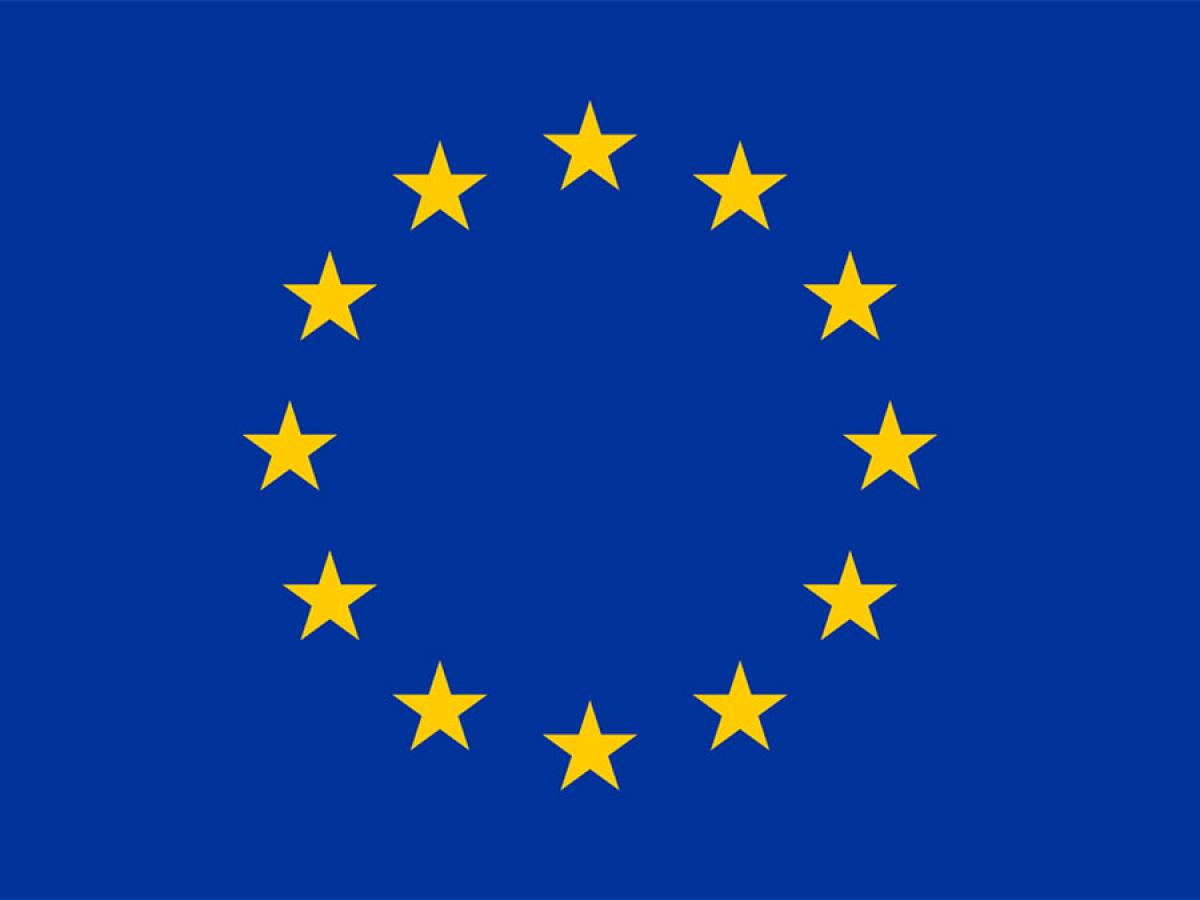ISER Promotion of EU Climate Policy Event

In recent years, the economics of climate change has gained increasing prominence in public debate and has become a central theme in international politics. From the outset, the European Union (EU) has sought to play a pioneering role in shaping the global climate policy framework. Since the early 1990s, climate protection has steadily expanded within EU environmental policy and has been embedded as a core objective in nearly all foundational EU treaties.
The EU’s approach to climate policy design and implementation offers several points of particular interest. First, the introduction of the EU Emissions Trading System (EU ETS) in 2005 marked the world’s first multinational carbon market and serves as a model for similar initiatives worldwide. Today, the EU ETS remains the largest emissions trading scheme globally, continuously evolving in scope and design. Second, despite the ETS’s reach, it currently covers only a portion of climate-damaging activities. As a result, Member States must also implement complementary national climate policies, especially in the transport and housing sectors. This overlap between national and supranational measures generates specific coordination problems and inefficiencies that require careful management. Third, in December 2019, the European Commission launched the European Green Deal (EGD), setting the ambitious goal of achieving climate neutrality across the EU by 2050, with an intermediate target of reducing greenhouse gas (GHG) emissions by at least 55% by 2030.
Professor Fehr began by charting the evolution of the EU Emissions Trading System (ETS 1), detailing how its ever-tightening annual cap has steered heavy industry and the power sector onto a lower-carbon trajectory. He then unpacked the forthcoming ETS 2, a standalone cap-and-trade regime for road transport and buildings scheduled to start in 2027, explaining how it will internalise carbon costs in everyday economic activity. Central to both systems, he noted, is the Market Stability Reserve (MSR)—a self-adjusting allowance buffer that withdraws surplus permits and releases them during scarcity, thereby tempering price volatility and maintaining market credibility.
Fehr linked these internal mechanisms to the external Carbon Border Adjustment Mechanism (CBAM), which mirrors ETS carbon prices on imports of steel, cement, fertilisers, aluminium, hydrogen and electricity, aiming to prevent carbon leakage while incentivising trading partners to adopt comparable pricing. His meticulous, step-by-step analysis illuminated the economic logic, governance challenges and trade ramifications of each policy lever, giving the audience a coherent picture of how Brussels intends to tighten its carbon net while safeguarding competitiveness and export-market parity.

Hans Fehr is a Professor of Economics at the University of Würzburg, Germany

Views and opinions expressed are however those of the author(s) only and do not necessarily reflect those of the European Union or the European Education and Culture Executive Agency (EACEA). Neither the European Union nor EACEA can be held responsible for them.
This work is licensed under Commons Attribution-NonCommercial-NoDerivatives 4.0 International License.
IIT is a global leader in researching, analysing and commenting on International Trade.
Stay informed about our up-and-coming seminars, events, publications, awards, new projects and collaborations, and other exciting news.
